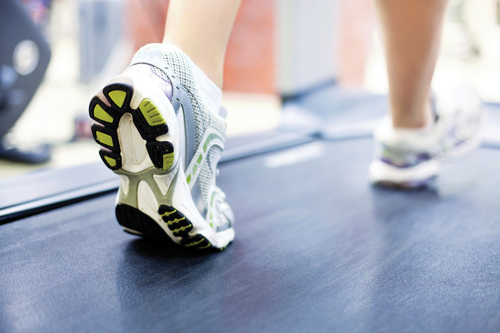
Understanding Heel Pain
Heel pain can be more than just a minor annoyance—it can really impact your daily life and keep you from doing the things you love.
Whether you’re dealing with sharp, stabbing pain or ongoing discomfort, it’s important to understand what’s causing it and how you can find relief.
In this article, we’ll explore:
- Common causes of heel pain
- Practical home care tips to manage pain and swelling
- The role of physical therapy in helping you get back on your feet
- Strategies to prevent future flare-ups
Common Causes
- Overuse: Frequent or intense activities that strain the foot.
- Running: Especially with improper form or inadequate footwear.
- Physical Conditions:
- Achilles tendonitis
- Plantar fasciitis
- Pinched nerves
- Heel spurs
- Stress fractures
Symptoms
- Sharp or stabbing pain in the heel, particularly with the first steps in the morning.
- Pain worsening after prolonged standing or physical activity.
- Swelling, redness, and tenderness.
Treatment Approaches
Home Care Tips
Taking care of heel pain at home can really help speed up your recovery and ease discomfort.
By following these simple steps, you can manage pain, reduce swelling, and give your feet the best chance to heal.
Here’s what you can do:
- Ice the Affected Area: Apply ice for 10 to 15 minutes, at least twice a day, more frequently for the first few days.
- Rest Your Foot: Rest for at least a week to allow inflammation to cool down.
- Pain Relief Medication: Take over-the-counter agents like ibuprofen or naproxen as recommended by your physician.
- Proper Footwear: Wear shoes with good arch support and cushioning.
- Heel Supports: Use heel cups, felt pads, or shoe inserts.
Once you’ve got these home care basics covered, incorporating a physical therapy program can further enhance your recovery.
Physical therapy offers targeted treatments and exercises designed to address the root causes of your heel pain and support long-term healing.
Let’s explore how a tailored therapy program can make a difference.
Kick Away Heel Pain With Physical Therapy
The best way to treat heel pain usually involves a comprehensive physical therapy program that combines stretching and manual techniques.
At The Jackson Clinics, we develop personalized treatment plans based on thorough evaluations.
Did you know we have 18 locations throughout Northern Virginia? Find one of our clinics near you: https://thejacksonclinics.com/locations/
Role of Physical Therapy
Physical therapy plays a crucial role in treating heel pain. It includes:
- Manual Therapy: Joint mobilization, soft tissue massage, and specific stretching exercises.
- Therapeutic Exercises: Strengthening foot and ankle muscles.
- Modalities: Ultrasound, electrical stimulation, or laser therapy.
- Gait Analysis: Assessing walking or running patterns for abnormalities or imbalances.
Initial Examination
Before prescribing a treatment program, we will examine your knees, hips, ankles, and feet to assess any impairments and restrictions. This helps in crafting a tailored approach to your specific condition.
Recommended Exercises
Exercises to help relieve pain and swelling while improving mobility include:
- Calf Stretches: Stretching the calves to ease the heel cord.
- Toe Stretches: Grabbing the base of your toes and pulling them toward your shin.
For hands-on therapy, we might use trigger-point soft-tissue techniques applied to the calf.
Prevention and Self-Care
Preventing heel pain from recurring involves:
- Wearing Proper Footwear: Shoes with adequate support and cushioning.
- Maintaining a Healthy Weight: Reducing stress on your feet.
- Warming Up and Stretching: Before physical activities.
- Gradually Increasing Activity Levels: To avoid overstraining your feet.
- Using Orthotics: For additional support and cushioning.
- Avoid Walking Barefoot: Especially on hard surfaces.
- Listening to Your Body: Rest and seek treatment if you experience discomfort or pain.
Seeking Professional Help
If you have persistent heel pain, consulting a physical therapist is crucial.
Signs you need professional help include:
- Persistent pain lasting more than a few days.
- Pain worsening with activity or in the morning.
- Difficulty walking or performing usual activities.
At The Jackson Clinics, our experienced therapists specialize in treating heel pain.
We can develop personalized treatment plans using a combination of manual therapy techniques, therapeutic exercises, and modalities to reduce pain, improve mobility, and promote healing.
Did you know you have Direct Access* to Physical Therapy? No referral, no problem!
Don’t let heel pain limit your daily activities. Schedule an appointment and start your journey toward pain-free living.
















